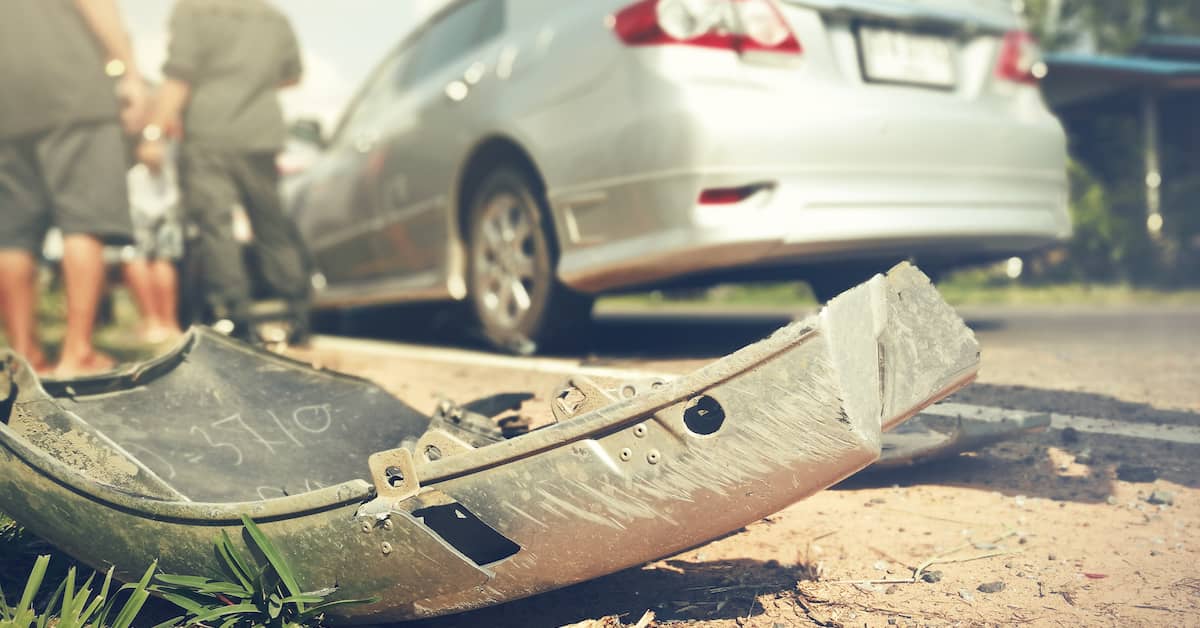How Are Damages Assessed in a Car Accident Case?
Understanding how damages are assessed in a car accident case is crucial to your recovery. If your losses are relatively minimal, filing a claim under your personal injury protection (PIP) policy might be enough. But, if your losses exceed your PIP coverage (as will often be the case), then you will need to determine what other options you have available.
So, how much are you entitled to recover? To answer this question, you first need to know how damages are assessed in a car accident case.
As a car accident victim, your damages fall into two broad categories: (i) financial losses; and, (ii) non-financial losses. You will need to accurately assess your damages in each category in order to make informed decisions about how to handle your case.
How Damages Are Assessed for Financial Losses in a Car Accident
Your financial losses are those losses that impact your bank account directly. This includes both more money going out and less money coming in. In a typical case, the financial losses resulting from a car accident will include:
- Repair bills or vehicle replacement costs
- Medical bills and prescription costs
- Transportation costs
- Other expenses (i.e., home cleaning and landscaping)
- Loss of income and benefits
As a car accident victim, you are entitled to just compensation not only for the losses you incur before filing your claim, but for the losses you will incur in the future as well. The processes for calculating current and future losses are different; and, as you might expect, calculating future losses is more complicated. But, your future losses could far exceed your out-of-pocket costs to date, so it is important to work with an experienced car accident lawyer who can help you calculate these losses accurately.
The processes for calculating current and future financial damages following a car accident are:
- Calculating Your Out-of-Pocket Costs To Date – Calculating your out-of-pocket costs to date is largely a matter of adding up your bills, receipts, and lost earnings. It is important to be comprehensive—ensuring that you include all accident-related expenses as well as your lost income and benefits.
- Calculating Your Out-of-Pocket Costs In the Future – Calculating your future out-of-pocket costs requires an understanding of your injuries’ long-term effects. Generally, the longer you will suffer from your injuries, the more you will be entitled to recover. But, this calculation will still be based on your specific medical needs, your personal income, and various other personal factors; and, again, you will need to work with an experienced car accident lawyer who can correctly determine how much you deserve.
How Damages Are Assessed for Non-Financial Losses in a Car Accident
While financial losses impact your bank account, non-financial losses are those that impact your life in all other ways. In a typical car accident case involving serious injuries, injured drivers and passengers will be able to recover damages for their:
- Pain and suffering
- Emotional distress
- Permanent scarring or disfigurement
- Loss of companionship, consortium, services, and support
- Loss of enjoyment of life
Here, too, accident victims can recover damages for their current and future losses. However, current and future non-financial losses are typically calculated together using one of two common methods:
- The “Multiplier” Method – After calculating a car accident victim’s financial damages, this figure is multiplied by a number between 1 and 5. This “multiplier” is determined based on the severity and expected duration of the victim’s non-financial losses.
- The “Per Diem” Method – Instead of using the victim’s financial damages as a starting point, non-financial losses are calculated using a daily rate that is multiplied by the number of days the victim is expected to experience non-financial consequences from the collision. Similar to the multiplier, this daily rate is based on the overall severity of the victim’s non-financial harm.
Dealing with Florida’s “No Fault” Auto Insurance Law
Under Florida’s “no fault” auto insurance law, victims of minor car accidents are limited to filing for PIP coverage. PIP only covers medical bills and lost wages—and only up to the victim’s policy limit (which is typically $10,000). If you only have a PIP claim, this may be the maximum you can recover (along with coverage for your vehicle damage). This is true even if your damages exceed your PIP coverage.
But, if your losses exceed your PIP coverage—or if you expect your losses to exceed your PIP coverage—you should talk to a lawyer about filing a fault-based claim. If someone else was at fault in your accident and any of your injuries qualify as “significant” or “permanent,” a lawyer may be able to recover your full compensation for your financial and non-financial losses.
What If You Were Partially At Fault in Your Car Accident?
If you have a fault-based claim outside of PIP, another factor that could impact the assessment of damages in your car accident case is whether you were also partially at fault in the collision. If you were partially at fault, you may still be entitled to compensation, but the amount of your compensation will be reduced based on your percentage of fault. For example, if you were 10% at fault, you would only be entitled to recover 90% of your damages. But, this could still be a lot of money, and you should not make any assumptions about who was at fault in your accident until you speak with a lawyer.
Talk To an Orlando Car Accident Lawyer for FREE
Would you like to know how much you can recover for your car accident in Florida? If so, we encourage you to contact us promptly.
To speak with an experienced Orlando car accident lawyer in confidence as soon as possible, call (800) 766-1000 or request a free initial consultation online now.

 (407) 712-7300
(407) 712-7300
































